Choosing a Tile-Leveling System
The best levelers are easy to insert and tighten without tools, apply enough pressure to keep adjacent tiles level, and break away cleanly when the thinset cures.
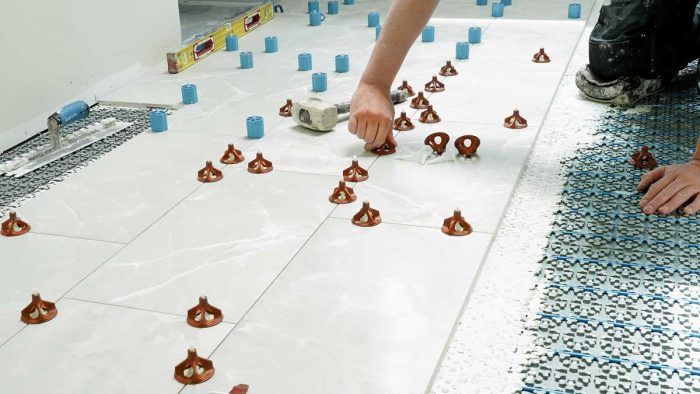
Synopsis: Joshua Oduin, a custom home builder, tilesetter, and remodeler, explains what makes a great tile-leveling system and takes a closer look at the four different types of systems available on the market, putting them to the test on real-world jobs and a mockup floor and wall assembly before determining the best overall and best budget options.
Large-format tile that looks like stone, marble, wood, or metal is ubiquitous in today’s bathrooms. To enhance the popular seamless look, grout lines have also slimmed, sometimes to 1⁄16 in. or less. All of this makes lippage—unevenness between adjacent tiles—more obvious and harder to prevent. Unlike smaller tile, large-format tile doesn’t follow undulations in the substrate, so it needs a thicker layer of thinset to bring tile edges flush.
Making matters worse, most of today’s large porcelain tiles have sharp edges and are bowed at least slightly; this is especially true for the long, plank-shaped floor tiles that simulate wood. When you run large-format tile or long planks in the usual staggered pattern, the lippage is even worse because the hump in the center of the tile lines up with the dips at the tile ends in the adjacent row.
Leveling systems are not created equal
When tile levelers first hit the market, I thought they were for inexperienced tilesetters, but as tiles began trending larger (and consequently became more increasingly bowed), I decided to give them a try. I now rely on them for installations of long floor planks and large-format tile (any size larger than 2 ft. by 4 ft.).
I have a lot of experience with the systems available at my local supply house, but I wanted to look at the other products out there, so I teamed up with Fine Homebuilding to test almost every tile-leveling system available. I took a close look at dozens of systems, put the top contenders to use on real-world jobs, and then built a backyard floor and wall assembly to test my favorites head-to-head. Along the way, I realized what I value most in these devices.
1. They need to be able to apply a lot of pressure without the stem and cap breaking off of the base. Then after the thinset cures, you need to be able to reliably break off the cap and stem with a boot kick or mallet blow.
2. Whether it’s a spinner-, wedge-, or strap-type leveler, it needs to be quick and easy to tighten. You’ll use scores of these on a big tile job, and time adds up quickly with fiddly systems. Some can also leave your hands and fingers sore.
3. I like levelers that let me see through them as I tighten the cap. I want to make sure the grout lines are tight and the tile hasn’t shifted. Levelers also act as tile spacers, and some offer bases for three- and four-way junctions, ensuring perfect grout lines in all directions. Those with a flat spacer, designed to sit between two tiles, require more levelers, because you need them on the tile sides and corners. The spacer section of the bases come in different thicknesses for different-sized grout lines. I almost always use the 1⁄16-in. size, but I like systems that also include bases for 1⁄32-in. grout lines.
Why levelers are so helpful
All tile levelers have some sort of base or wire that extends behind the tiles and a wedge or cap that presses down on adjacent tiles to bring their tops flush. With most systems, you set one tile, slide in the base of the leveler behind it, and then set the adjoining tile, which locks the base in place. Then you tighten the cap or wedge to bring the tile edges flush.
If the substrate is flat and you apply the right amount of thinset in a uniform layer, varying the thickness based on the size of the tile and the flatness of both the tile and substrate (a good subject for another article), these leveling systems will do the alignment, helping you work faster and resulting in consistent grout lines and virtually no lippage. As the thinset cures and shrinks, the levelers hold the tile flush and the built-in spacers prevent sagging and shifting. After the thinset cures, you knock off the wedge or cap with a mallet, leaving the grout line clear. The caps or wedges can be used indefinitely, making the bases the only ongoing expense.
Spinning levelers do everything well
My favorite type of system has a small threaded post with a knob or cap that twists down to apply pressure. I preferred this category before I wrote this article, and after testing all the different types, I still do. I find spinners to be the easiest, most ergonomic type of leveler to use—and highly effective in all situations, with all types of tiles. I especially like the feel they provide. While most other types work best with a special tightening tool, you can tighten spinners easily and firmly by hand, which gives you a more direct feel for torque and pressure. This is important because too much pressure can break a base or crack a tile.
Unlike the wedge systems, which are my second-favorite type, the spinners have knobs that come straight down on the joint and are less likely to shift the tiles as you tighten them. Also, the spinning caps stick up farther than the wedges do, making them easier to knock free after the thinset cures. Most importantly, all of the tile I set for this article with spinning levelers—both on the job and on my test platform, from long floor planks to large-format wall tile—had zero lippage.
Like wedges, spinners can pick up a little bit of thinset and scratch softer stone tile, glass tile, or any other type with high polish. But most spinners offer reusable shields or caps that go under the cap to prevent this. If you don’t want to bother with the shields, just be sure to clean the tile and caps before tightening them down on soft tile.
Wedge systems are a close second
Wedges have a few disadvantages compared to spinning levelers, but none are deal-breakers. Their main advantage over spinners is price. Also, the wedges separate freely once you break off their bases, so they’re ready to reuse with no fiddling. The disadvantages are important if you set a lot of tile. First, wedges are a little more prone to shifting the tile as they are tightened, so keep a close eye on your joints and adjust the tile if needed. Second, all wedge systems, even those that promise hand-tightening, require special pliers to exert full pressure. It takes a few seconds to use the pliers and they don’t give as much feel for the pressure you’re applying. With the wider wedges recommended on the facing page, you can often get adequate pressure by hand-tightening alone, but a large project is tough on your hands.
Wedges apply their pressure in a narrow line compared to spinners, so you need a few more of them to get the job done. Like spinners, wedges can get a little grit under them and scratch highly polished tile and soft natural stones, but some systems offer accessory shields for combating this problem. If yours doesn’t, be sure to wipe the wedges (and tile) clean before use if scratches might be a problem.
Newer types are a mixed bag
With sales skyrocketing for leveling systems, new designs have proliferated. A couple won my approval, but most were disappointing in one way or another. One promising type pulls the cap down with a notched strap that works like a cable tie. The main advantage of this type over spinners is how the caps come straight down onto the tile, with very little chance of leaving scratches, even on the softest or glossiest material. The main downside is that the strap requires a special tensioning tool for tightening, which makes it hard to feel exactly how much pressure you’re applying.
I also tried a new type of leveler with a fishhook-style wire base that you wiggle down into the thinset after setting the tiles and then twist to grab the tile backs. This type of leveler is unique for its ability to be inserted into a wall or floor of tile after it’s already been set, making it helpful for problem areas. This type of leveler is also reusable; you have to wiggle the hooks out of the thinset before it fully cures, so you’ll only need to keep a few on hand.
After dozens of hours spent trying almost every tile leveler on the market, I came to a simple conclusion: Use the spinning levelers if you can afford them, or one of the better wedge systems if you’re on a budget.
Choosing a standout systemSpinners are the best Levelers with a threaded stem and spinning cap are the most effective type for eliminating lippage, and unlikely to shift tile as you tighten them. The best tighten easily by hand and break away cleanly after the thinset has cured. Most offer bases for a variety of tile junctions and grout-line thicknesses.
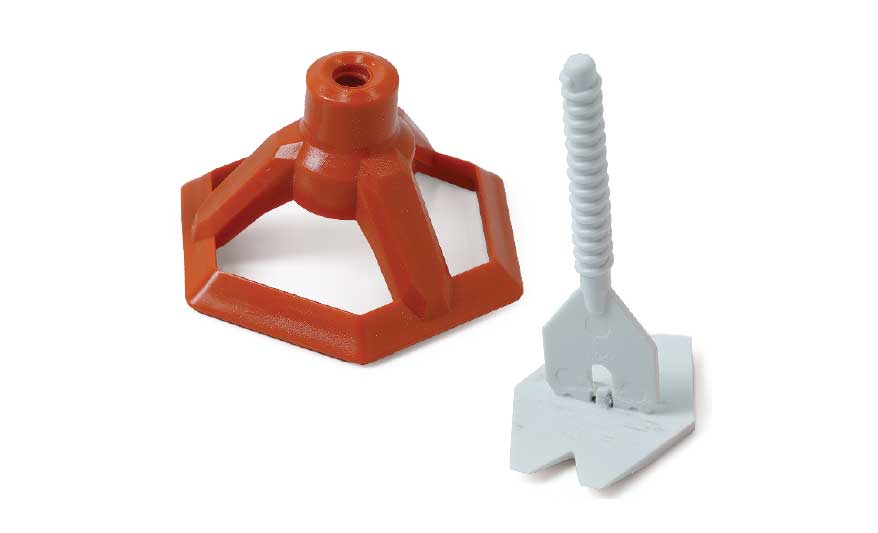 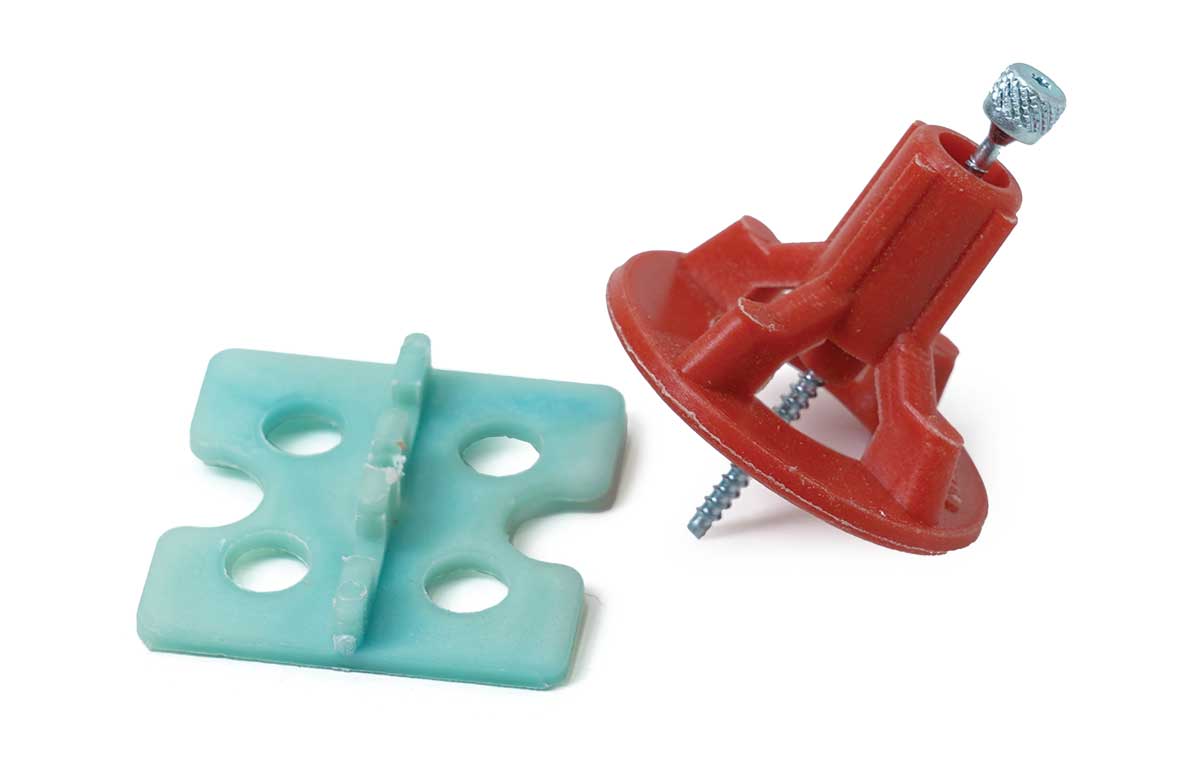 Wedges are an affordable alternativeWedge-style tile-leveling systems were the first on the market. They can’t do three- and four-way joints, they have a smaller contact area than spinning caps, and they require pliers to apply max pressure, but they can be very effective if used properly and are less expensive than the spinner systems.  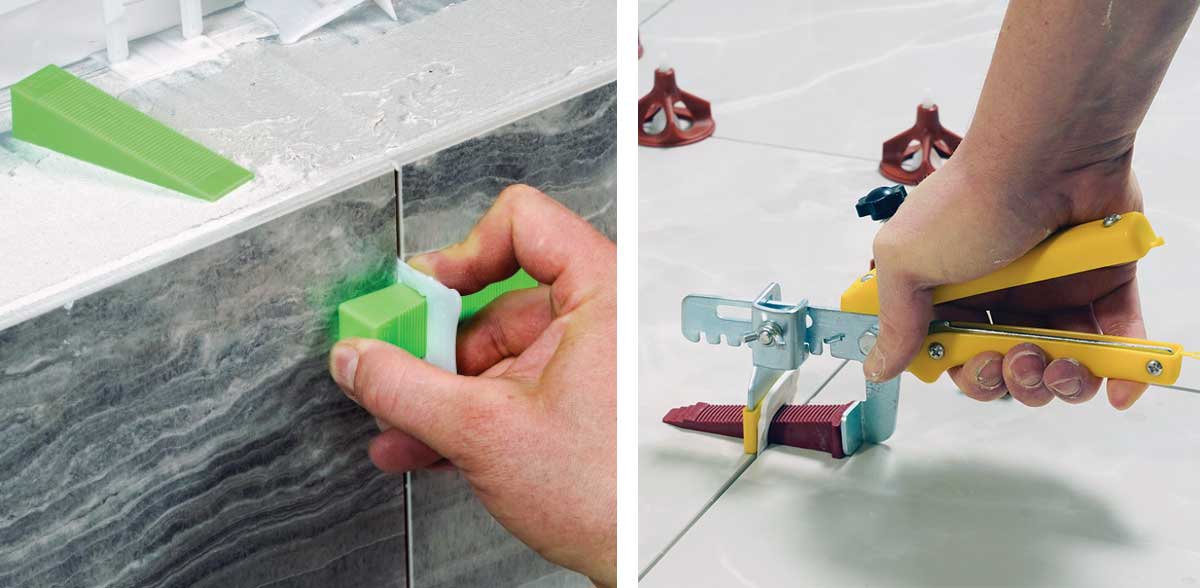 Serrated straps need special toolsStrap-type systems have a cap that slides down a serrated strap. While they won’t scratch tile, they require specialized tensioning tools to tighten them fully.  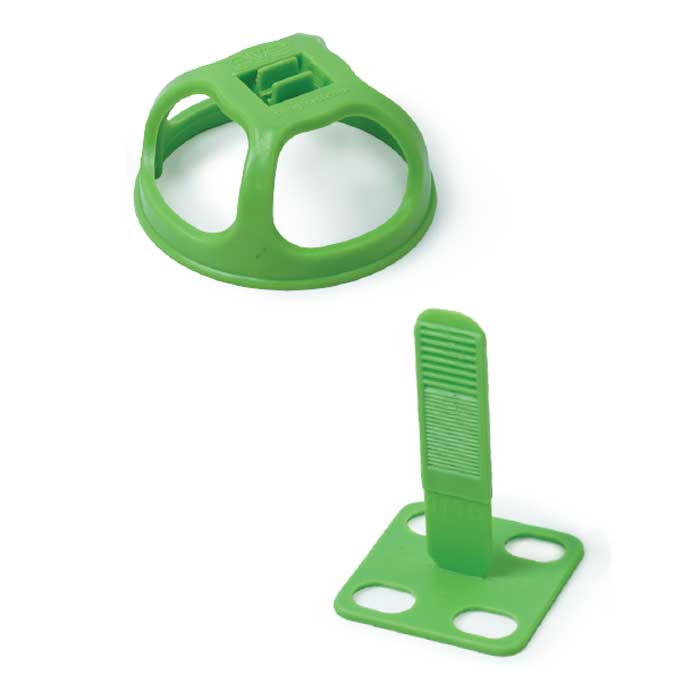 Wires work for rescue operationsWire-type systems aren’t the best for general use, but they can be inserted after tile is set, making them useful for addressing lippage you missed earlier. 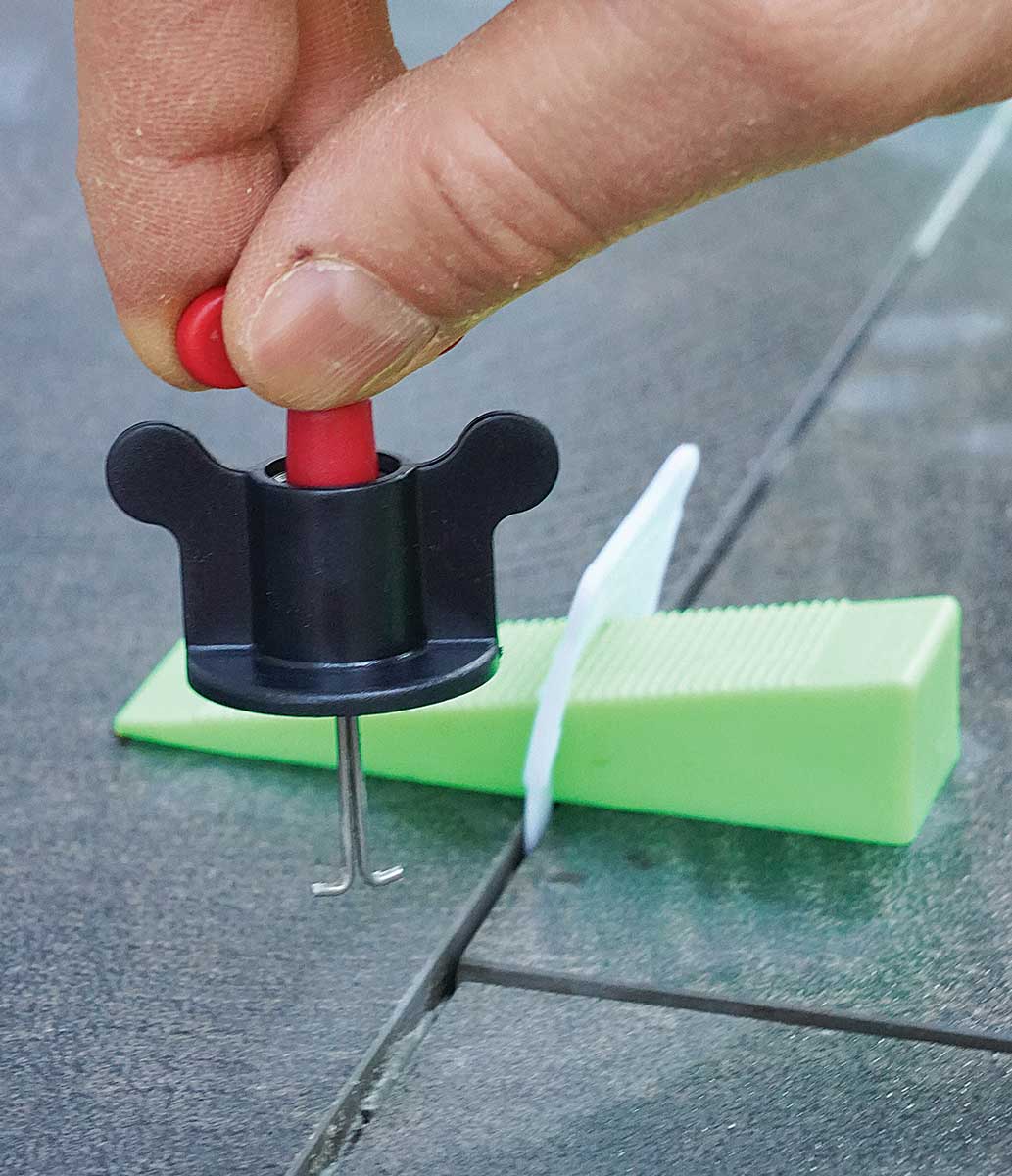 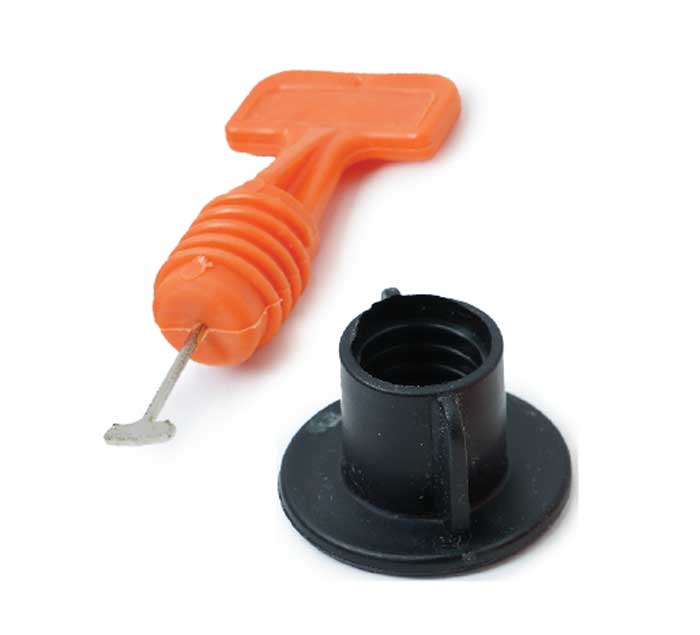 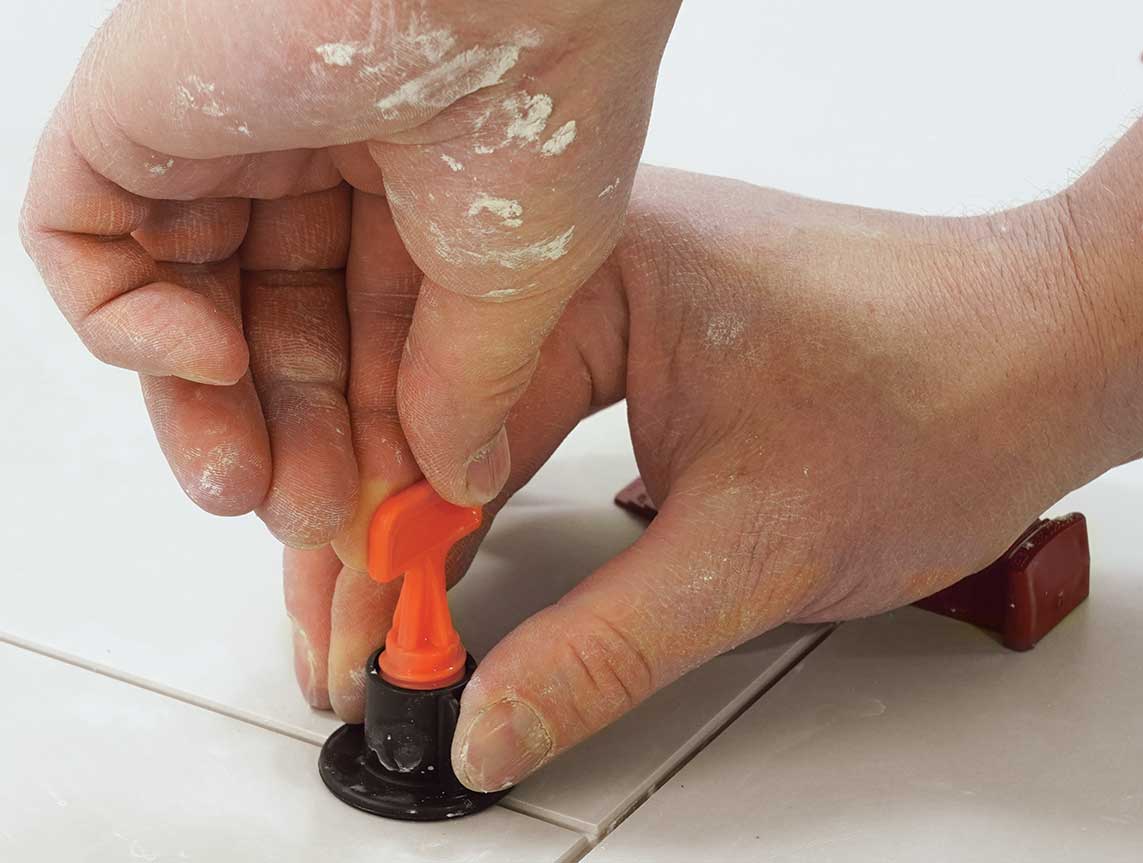 |
Josh Oduin is a custom home builder, remodeler, and tilesetter in Portland, Ore. Photos by Asa Christiana.
From Fine Homebuilding #310
RELATED STORIES

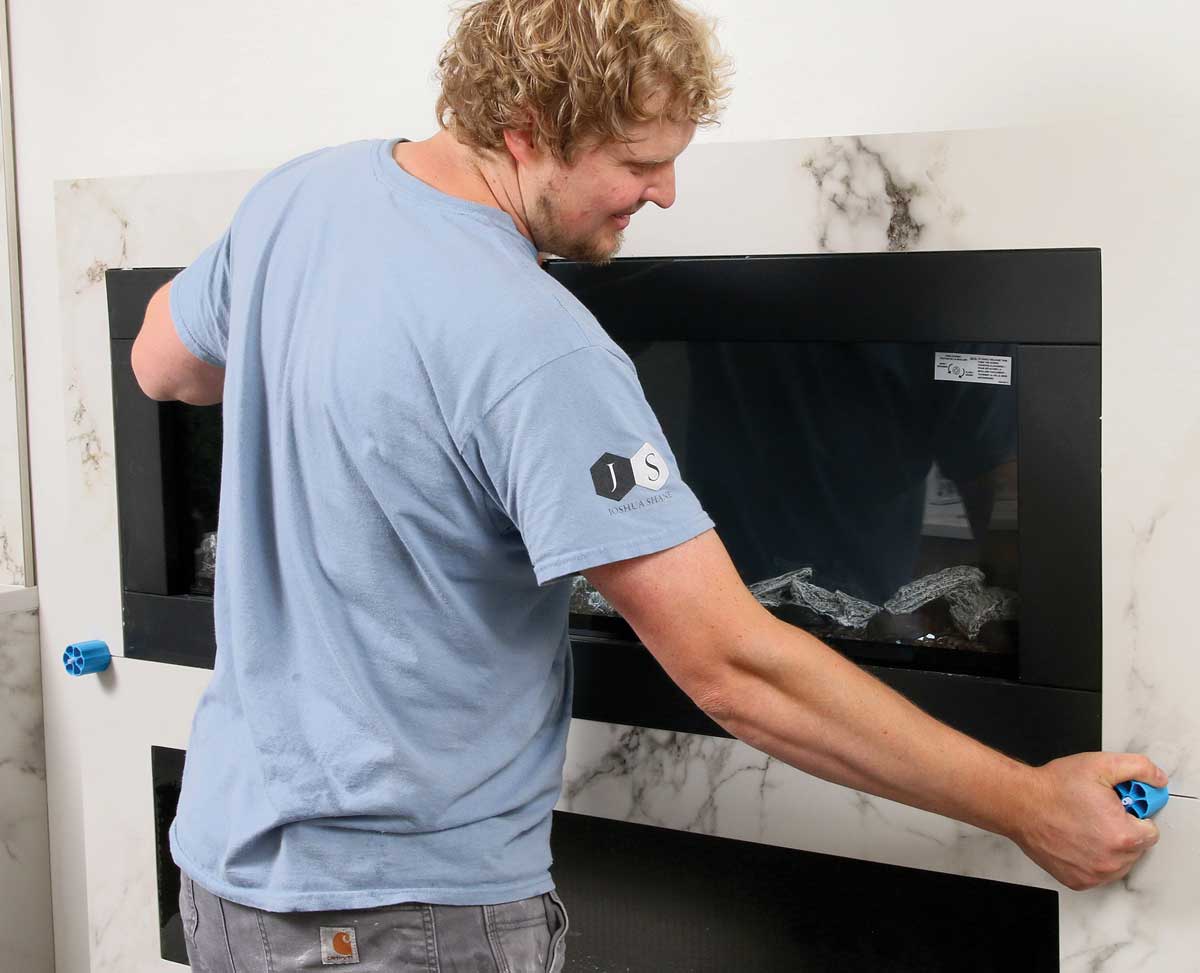
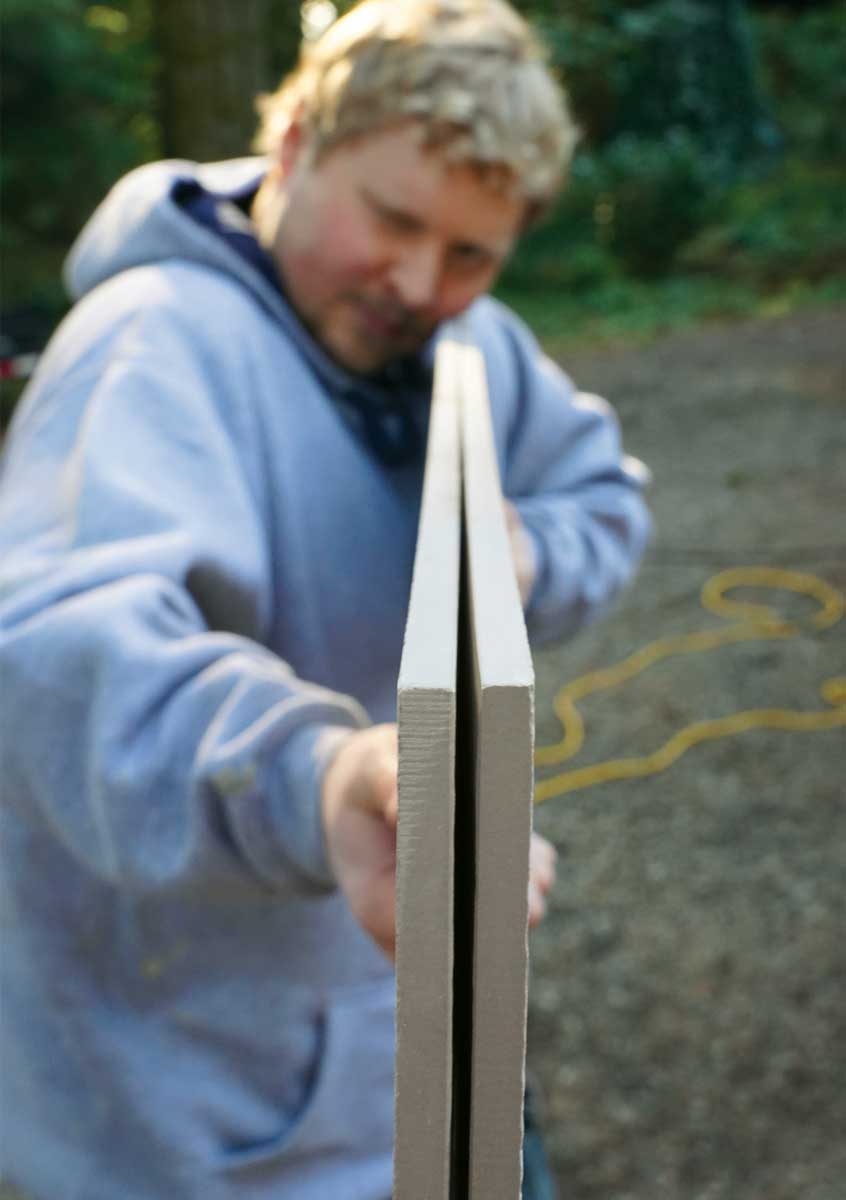
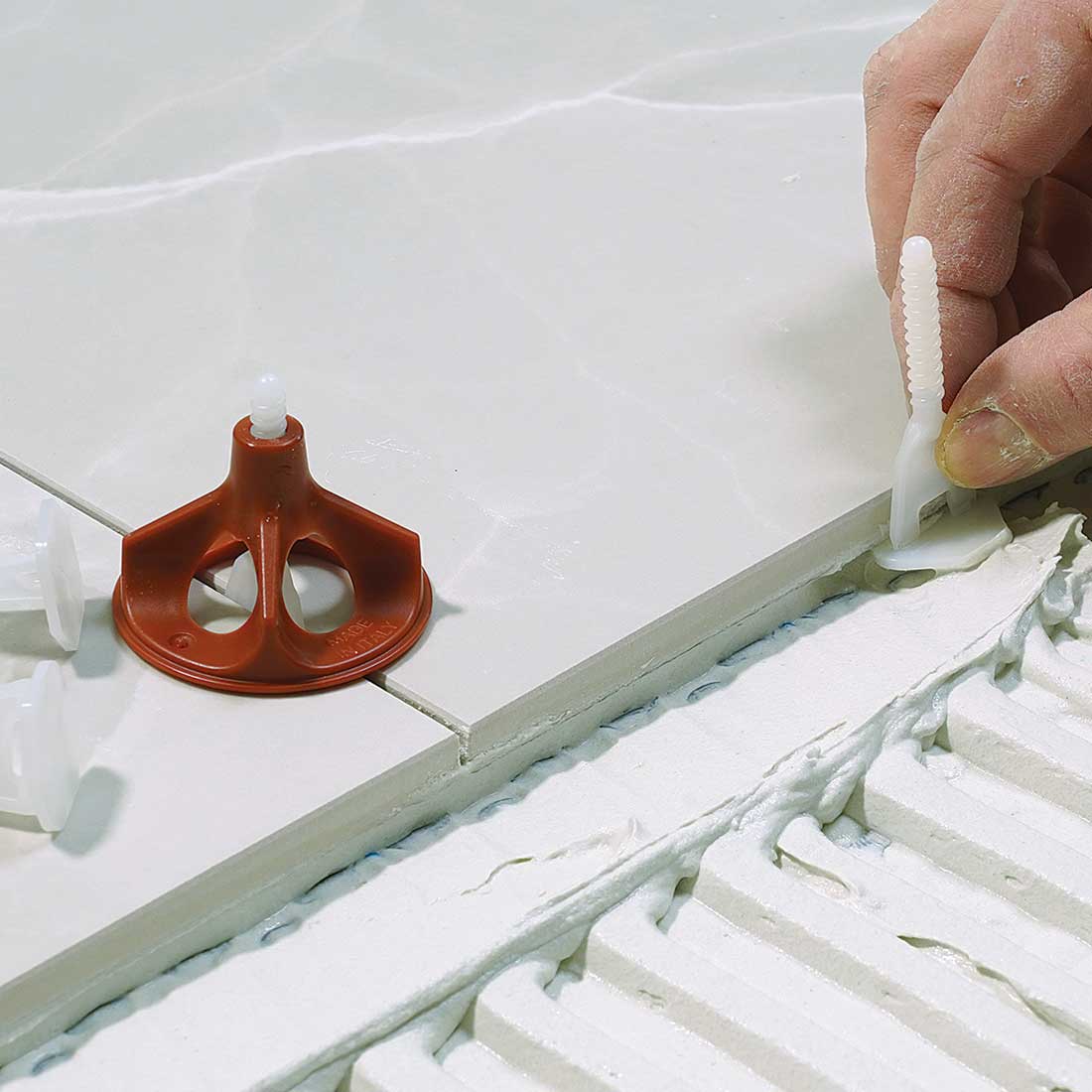
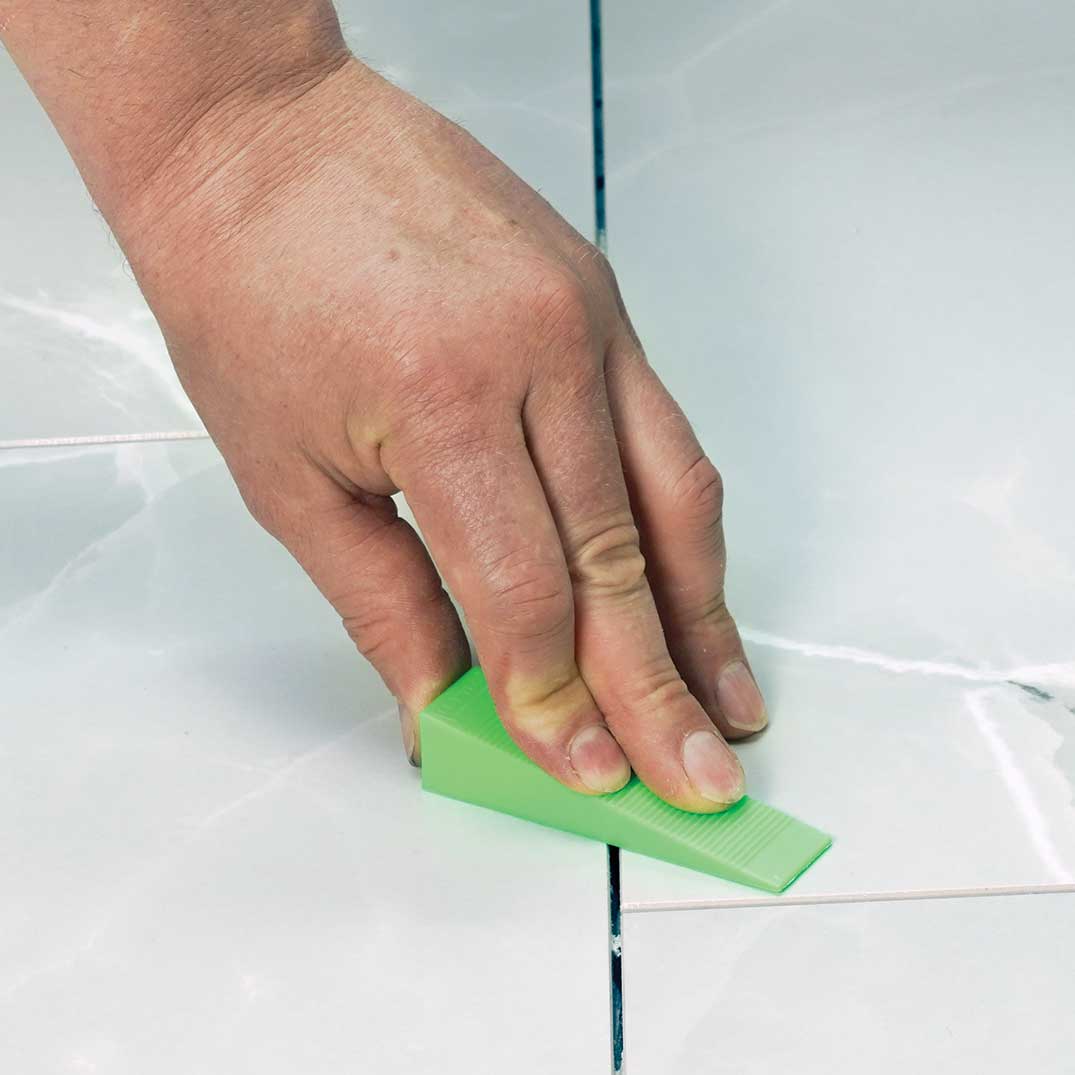
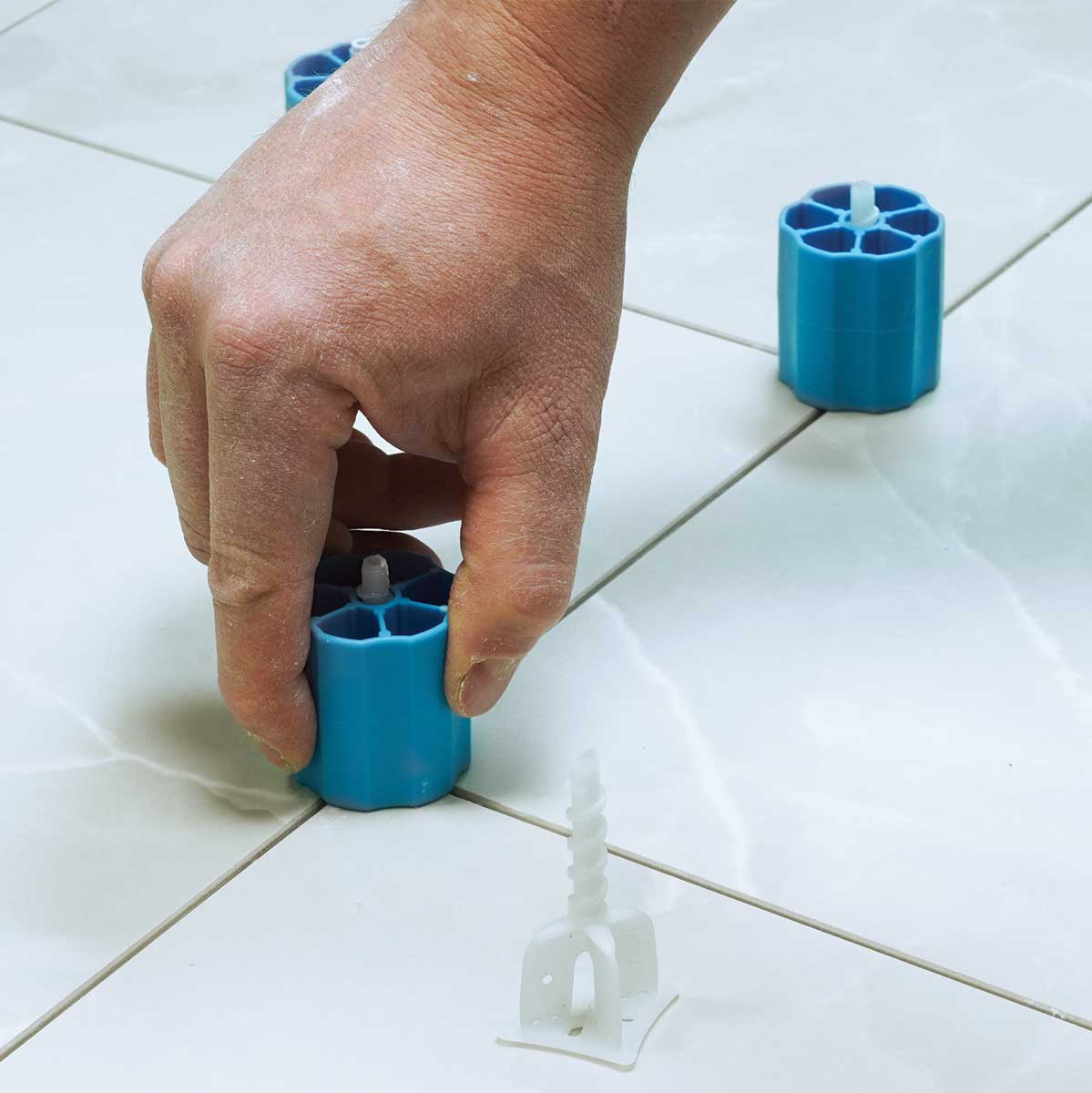
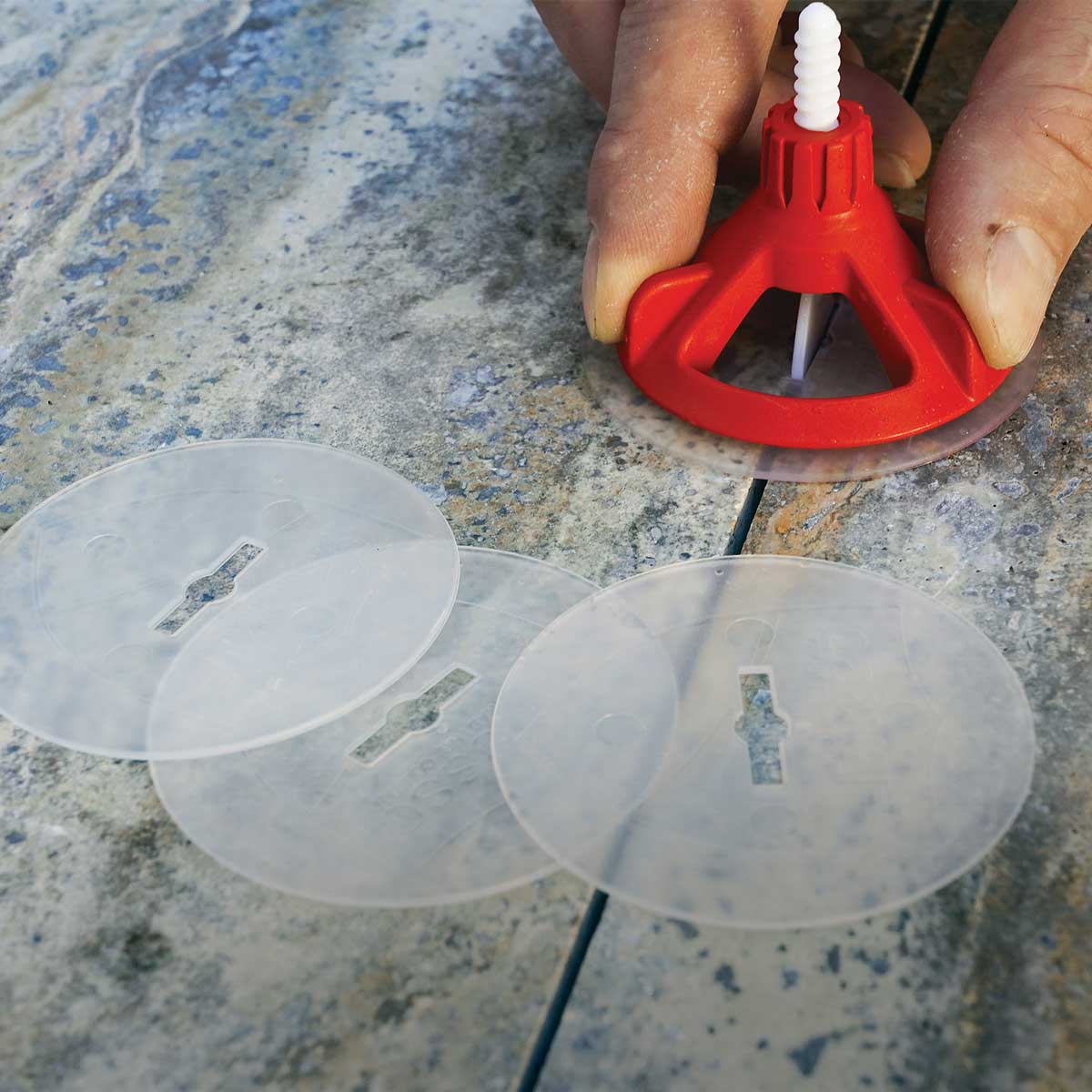
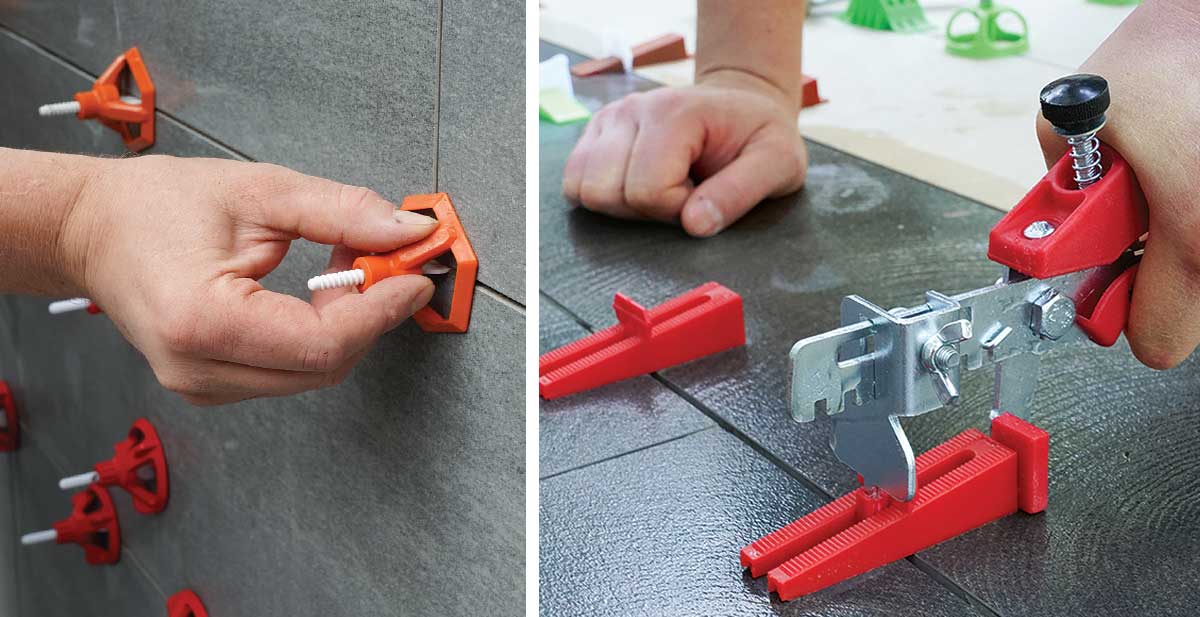
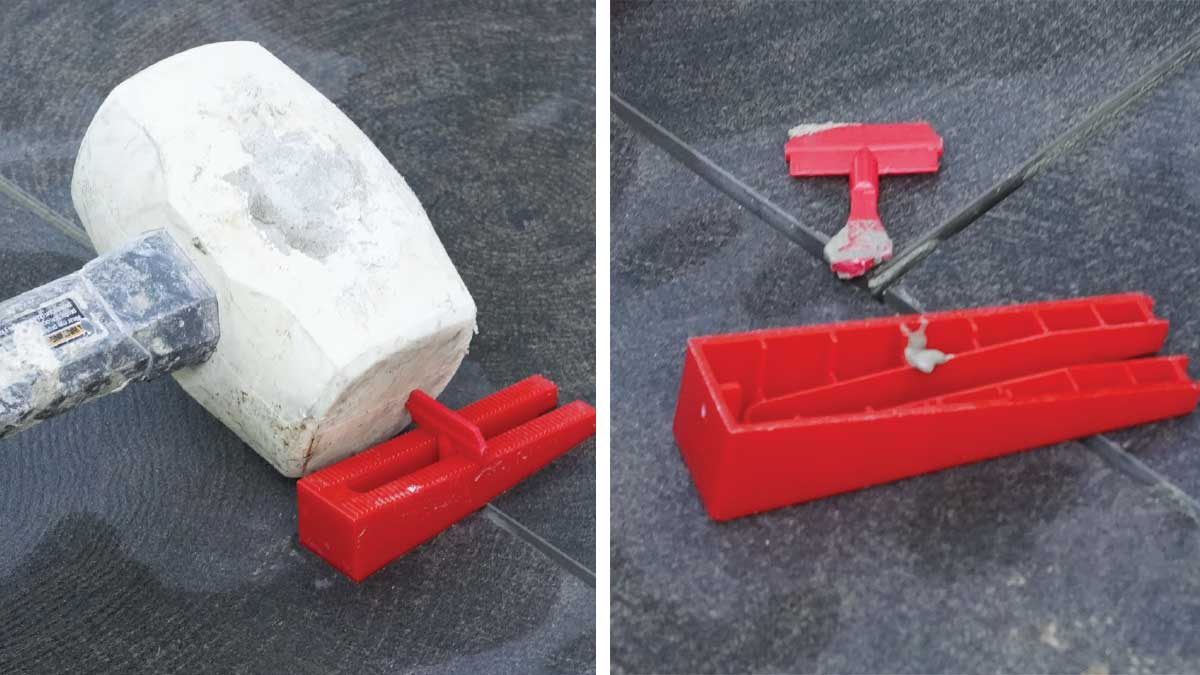
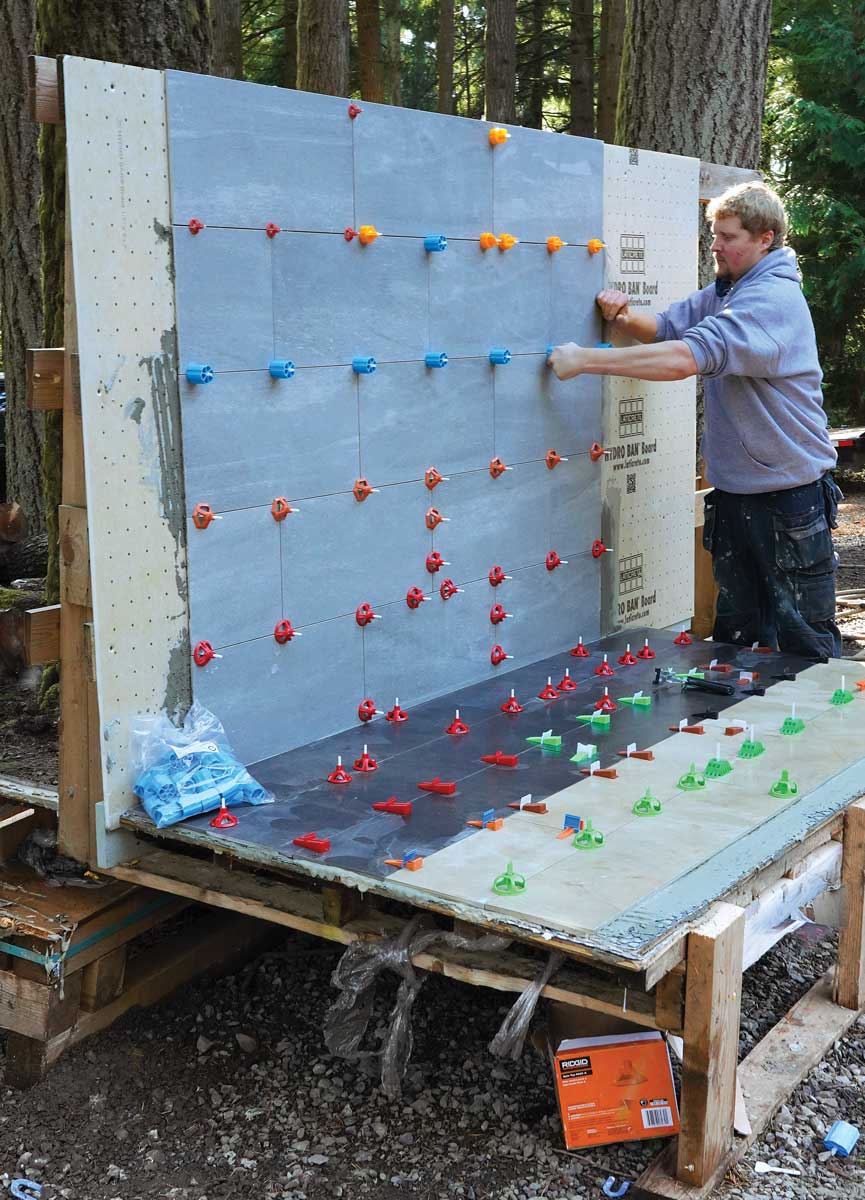







View Comments
Does anyone make a system to level tiles with contours (ie 3D or non-flat surface)?
I have use wedges a lot and I found that , sometimes, it increase the gap between the tiles. Is-it me or it is really a negative effect of this "tool" ?
Ok good article but you did not disclose what types and brands of spinners you use???